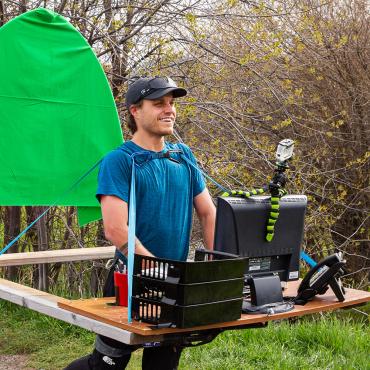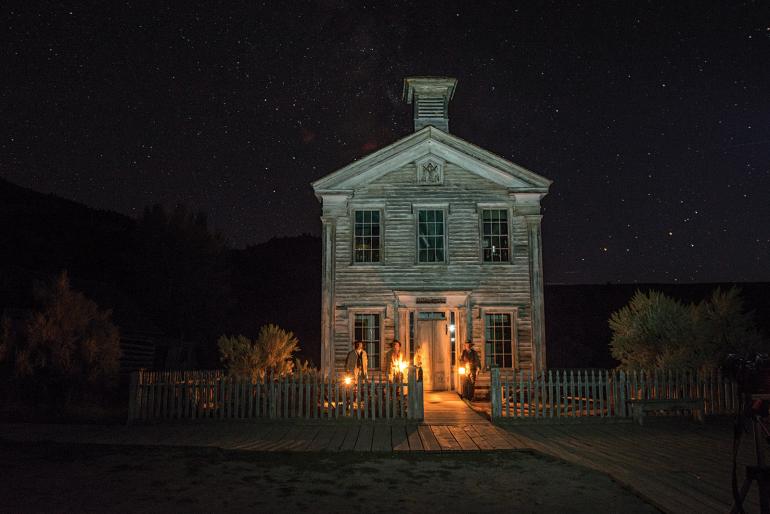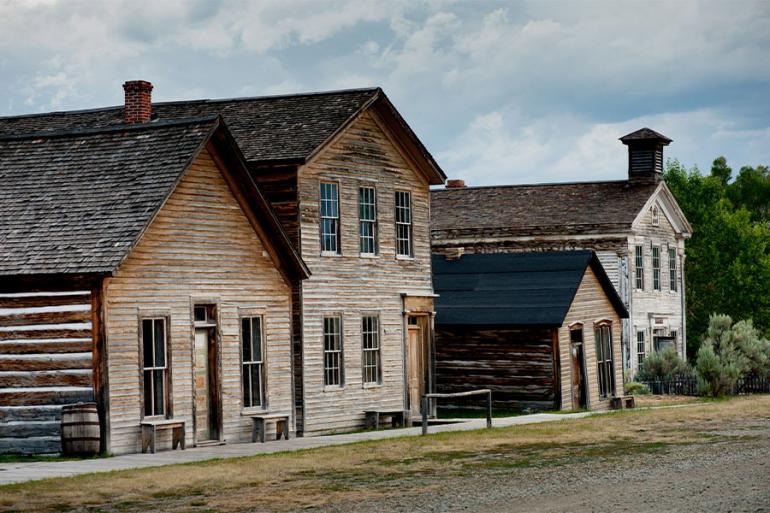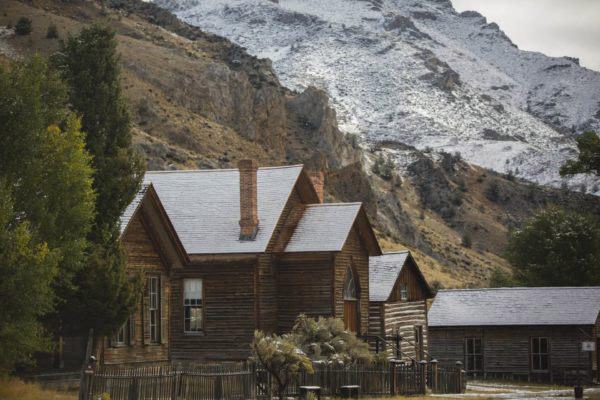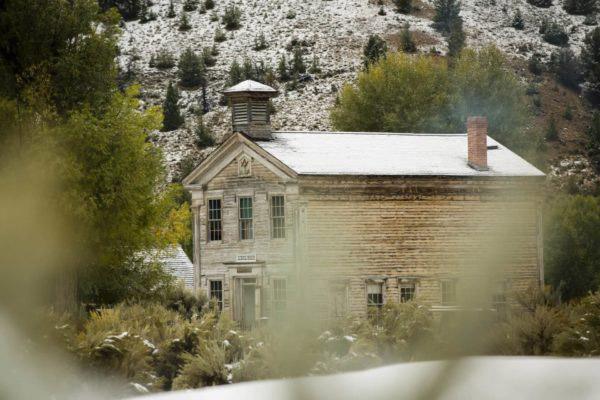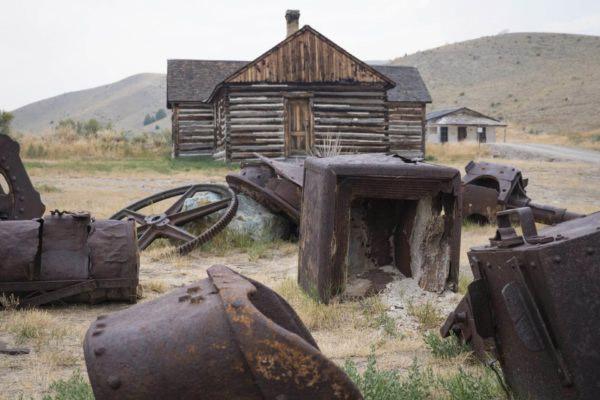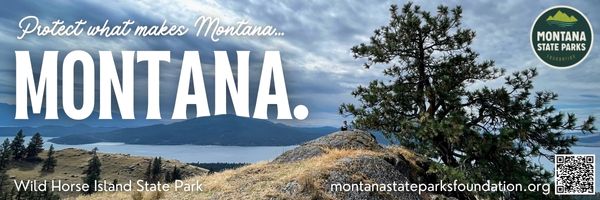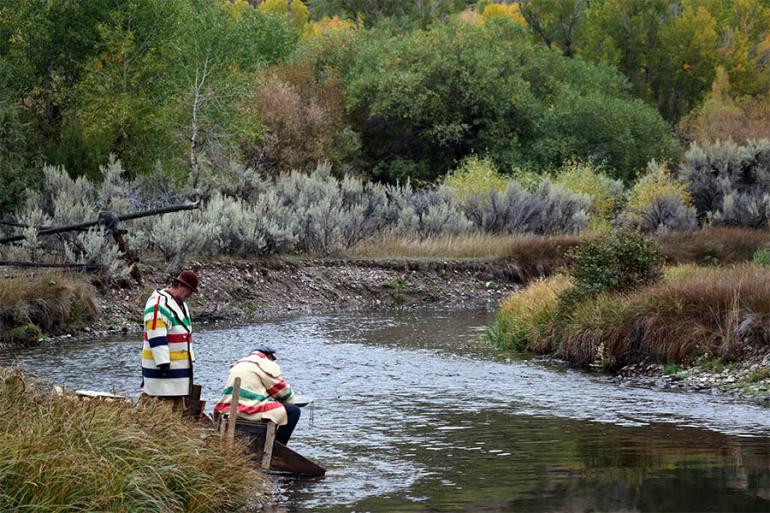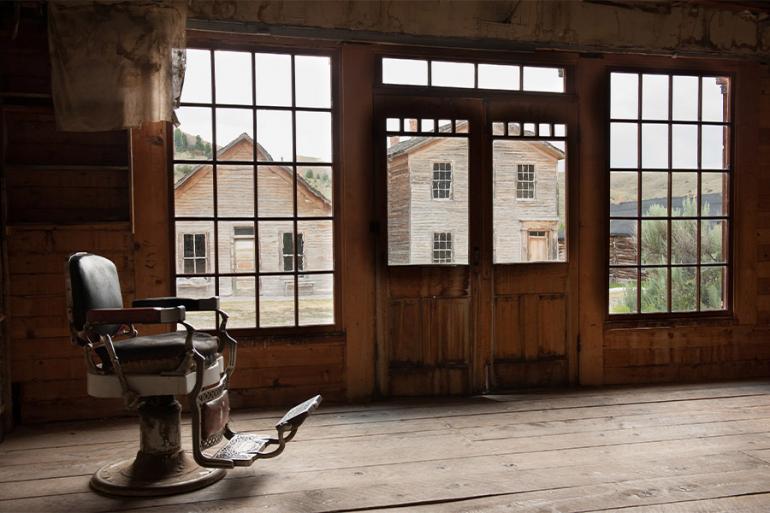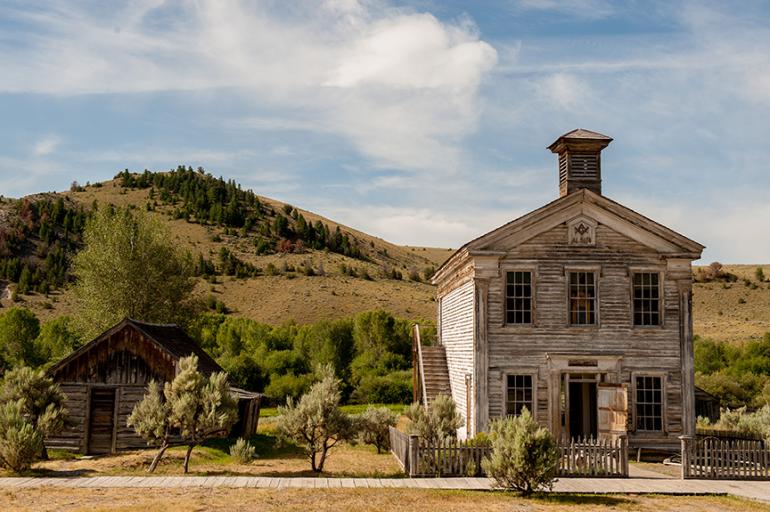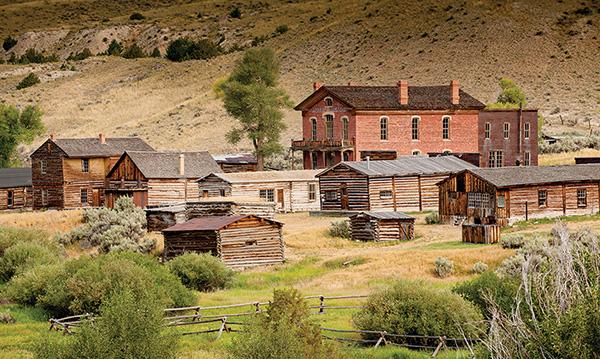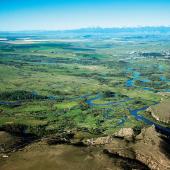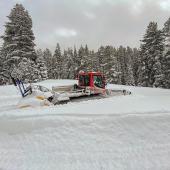Gold Dust, Ghosts & Rust
Exploring Montana’s most famous ghost town.
The wind cuts through Main Street, weaving between the weathered ruins and rattling windowpanes. The town’s supposed to be empty—long abandoned, with no one around for miles. Still, you can’t shake the feeling that someone’s watching you. You pull your jacket tighter to keep the piercing cold at bay, and can’t resist the occasional glance over your shoulder. There’s nothing there besides the sagging porches, tilting rooftops, and the distant caw of a raven perched on the church steeple, whose unrelenting stare remains fixed squarely on you. Is that what you were sensing? Maybe? Maybe not.
You pass the old schoolhouse on your way down Main Street. Its weathered boards and white, chipped paint make its age clear. Out of the corner of your eye, something moves—a faint shape flickering behind the glass. You stop, dead in your tracks. Surely, your mind must be playing tricks on you. Fighting the gut urge to flee, you step closer, intrigued despite your best judgement. But peering through the window, you find the room is empty, save for the small wooden desks waiting patiently for students who will never return.
A chill crawls up your spine. You turn away from the window and head toward the Hotel Meade, the largest building in town, hoping to escape the cold and the creeping unease. The doors are ajar, beckoning you step inside. The air is stale and still, thick with the smell of dust and old wood. Floorboards creak underfoot. Somewhere upstairs, something shifts. There’s a soft thud and then silence. From the end of the long, dim hallway, a door swings open ever so slightly. You realize that while Bannack may be empty, it’s far from abandoned.
Today, Bannack Ghost Town State Park is anything but lifeless. With more than 60 standing structures, it’s one of the most complete and well-preserved ghost towns in the American West. Visitors can walk freely through many of the buildings, including the Hotel Meade, the Masonic Lodge, the Methodist Church, the schoolhouse, and countless cabins & storefronts, each frozen in time. The park’s caretakers—Montana Fish, Wildlife & Parks and the Bannack Association—have kept things standing without restoring away their age.
Unlike many ghost towns left to be reclaimed by the elements, Bannack feels cared for. There’s a visitor center and interpretive displays, along with guided & self-guided tours which tell the story of the 1862 gold strike on Grasshopper Creek, the rise and fall of the boomtown, and the infamous reign of Sheriff Henry Plummer, whose tale blurs the line between lawman and outlaw. Rangers and volunteers are often on site, ready to share stories that combine equal parts legend and fact.
The park is open year-round, and each season changes its character. In summer, Main Street fills with travelers and families exploring the town’s open buildings and shaded creek. In winter, snow drapes Bannack in silence, and visitors trade walking shoes for snowshoes or cross-country skis. The air sharpens, the colors flatten, and the place becomes even more itself. Spring brings the sound of running water back to Grasshopper Creek, and autumn sets the hills ablaze in gold once again, a fitting color for a town built on it.
Visitors can stay close to the action at the Bannack Campground, located right at the park entrance. It offers 24 campsites with picnic tables, fire rings, and water access in the warmer months. For families, the park’s gold-panning area along the creek lets the hopeful try their luck where it all began.
Every July, Bannack springs fully back to life during Bannack Days, a two-day living-history celebration featuring costumed interpreters, wagon rides, live music, and old-fashioned gunfights. The streets fill with laughter, frying dough, and fiddle tunes; it's an annual resurrection of Montana’s first gold town, before it settles once more into stillness.
Of all Montana’s ghost towns, Bannack shows the most life. Thanks to the stewardship of those who tend to it, its stubborn ghosts and living visitors alike can still roam the streets just as its inhabitants did in the town’s heyday. Like most boomtowns, the remnants of its rise and fall stand as a stark reminder that all good things eventually come to an end. Bannack’s boom still echoes between the walls here, and every so often, you’re reminded of that; when you sense its ghostly hum, or maybe, just maybe, see something inexplicable that you keep to yourself.
This state-park highlight is brought to you by the Montana State Parks Foundation — “Preserving and enhancing Montana's State Parks for today and tomorrow’s State Parks for today and tomorrow."

